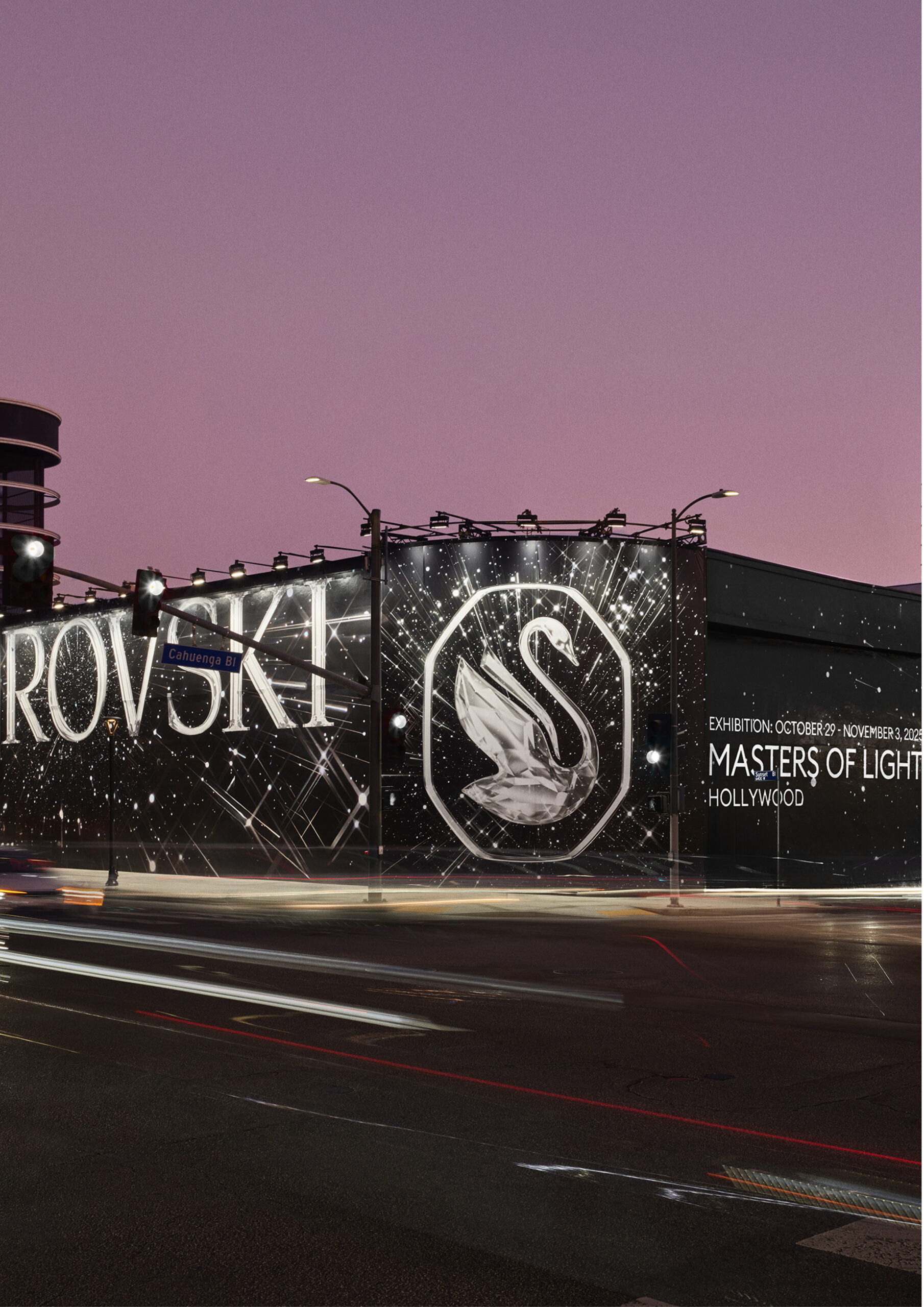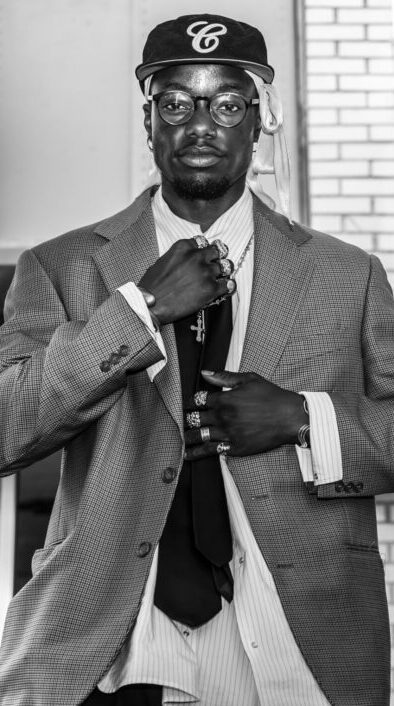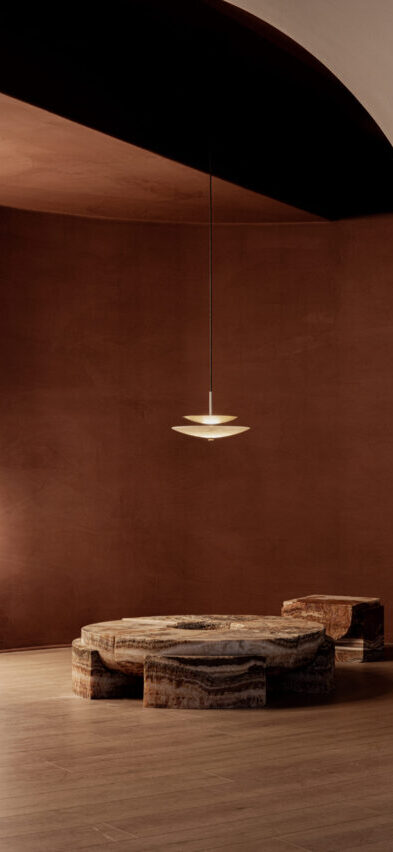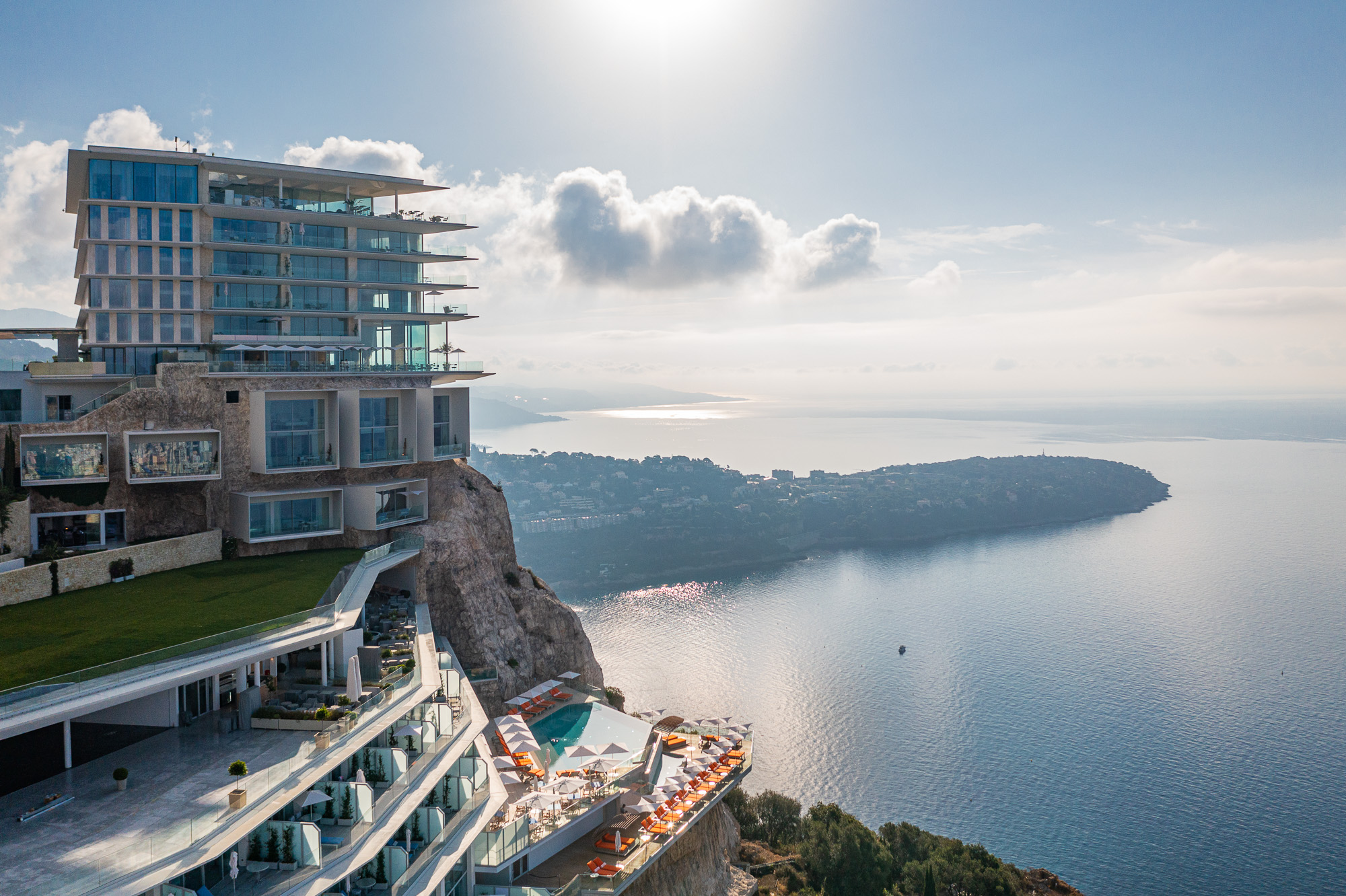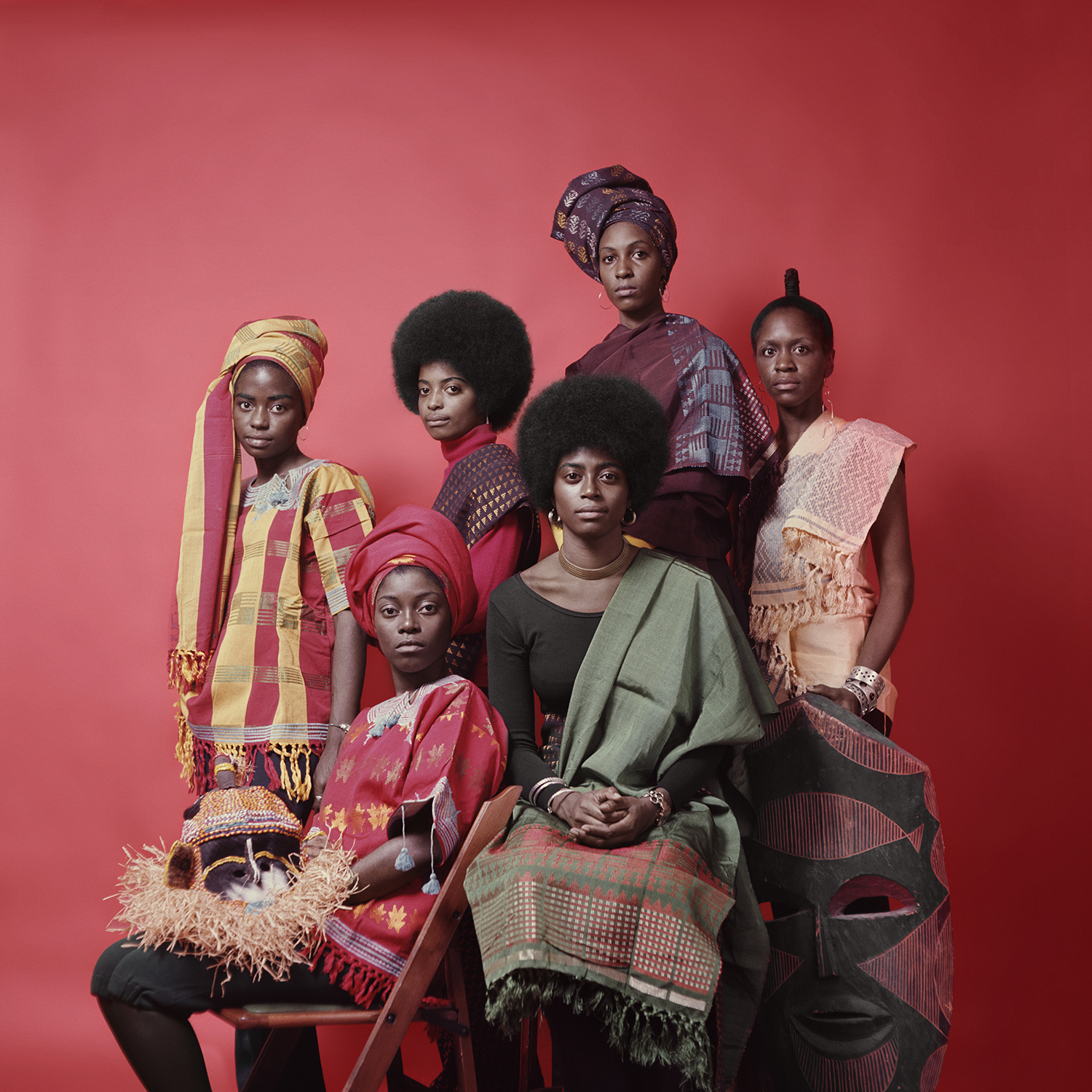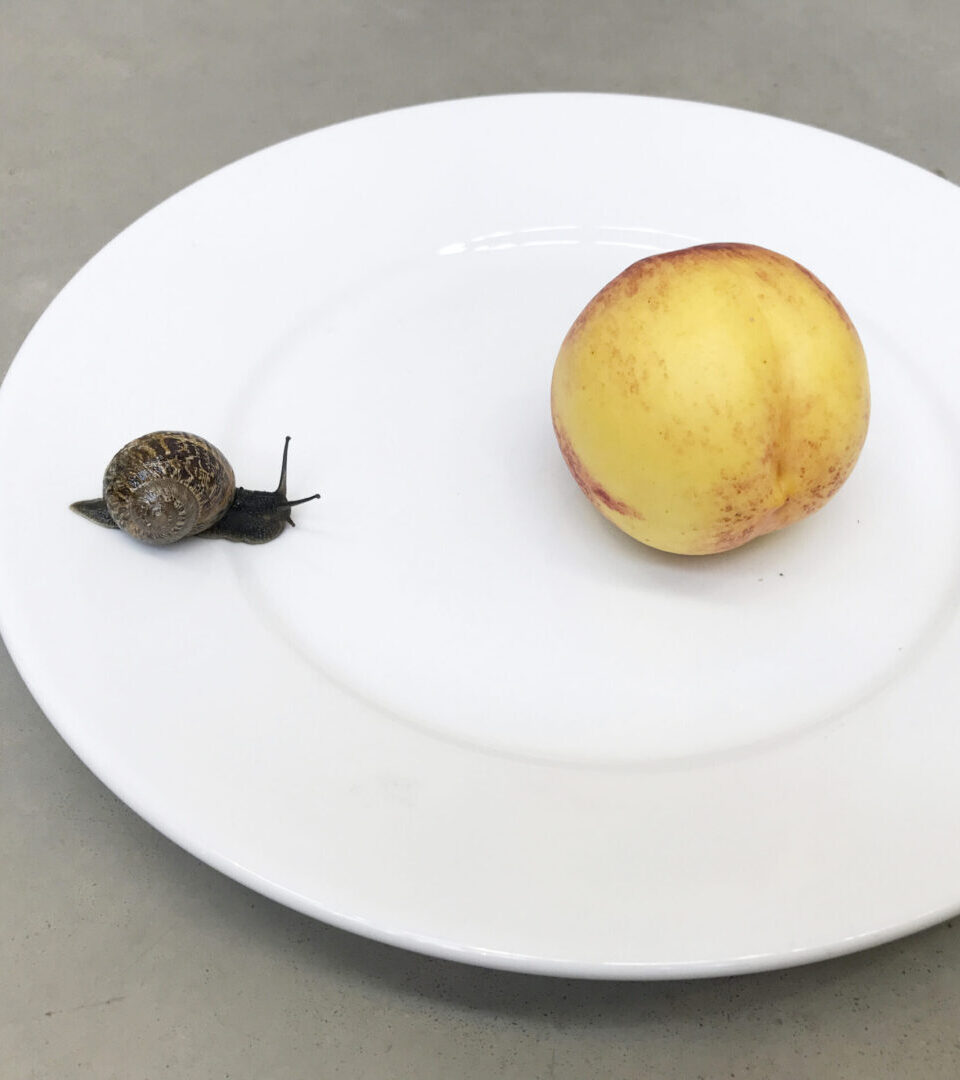
Juergen Teller’s New Exhibition Started as a Love Letter
The photographer’s new exhibition in Athens finds tenderness in the everyday, with his wife as muse and life itself as subject.
The influential and iconoclastic German fashion and fine art photographer, Juergen Teller, is normally easy to spot in a crowd, not least because he’s invariably wearing a fluorescent beanie. Not today. As we sit chatting over Zoom, a portrait he took of Pope Francis at last year’s Biennale on the wall behind him, Teller leans back and ruffles his spiky grey punk-like mop. Why does he love a beanie so much? “I get cold,” he says, with blunt Germanic candor.
Three years ago, Teller, now 61, was approached by Afroditi Panagiotakou, the artistic director of the Onassis Foundation, with an idea. Could they mount an exhibition of his work in Athens for the opening of their new space, Onassis Ready? The photographer, whose work hangs in museums and galleries all over the world, and who has collaborated with fashion designers such as Marc Jacobs, Phoebe Philo, Helmut Lang, Vivienne Westwood and now Duran Lantink, among many others, as well as music greats Nirvana, Iggy Pop and David Bowie, was immediately intrigued. “I really liked her enthusiasm,” he says of Panagiotakou. “I was really impressed with what they [the foundation] were doing. They have such a vast, excellent, adventurous cultural programme.”
The solo exhibition, which opened two weeks ago and runs until December 30, is entitled “you are invited.” Housed in a refurbished disused plastics factory, the retrospective spans the length of his career (including three early portraits of his great friend and long time collaborator, EE72’s co-founder Edward Enninful, as well as ones of Charlotte Rampling and Kate Moss) and features new work, the nexus of which is an image of a snail and a peach eyeing each other up on a plate.
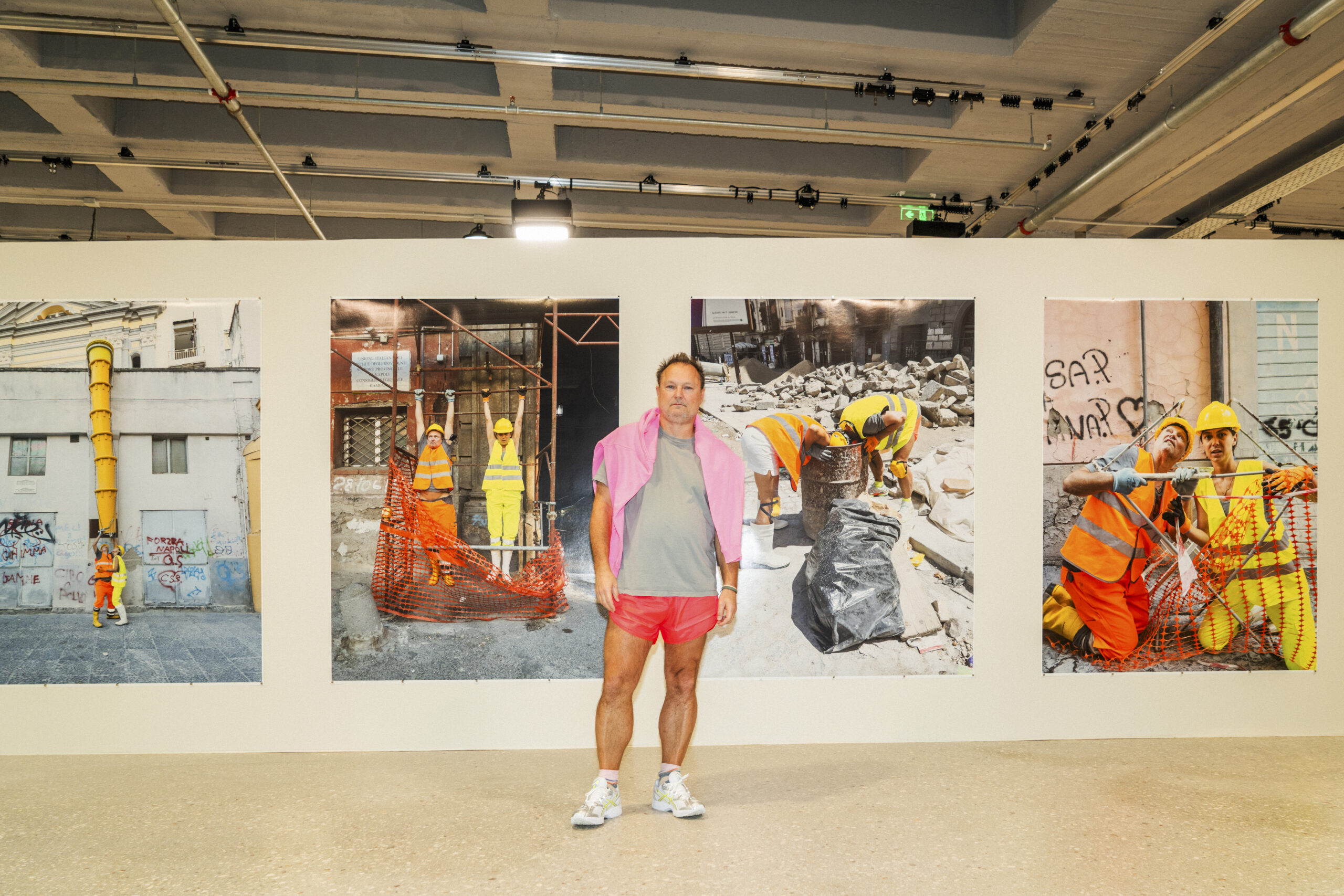
Juergen Teller. © Andreas Simopoulos for Onassis Stegi
Like all of Teller’s work, it prompts the viewer to question more closely what they are actually seeing, to find hidden meaning beyond the initial eccentricity. What inspired him? “Eight years ago I rang my wife,” he says, of Dovile Drizyte, now his creative partner and with whom he has a young daughter. “We were just getting together and she was living in New York at the time but happened to be in Paris for work. I asked her what she was doing. Well, she said, ‘I’m having dinner on my own and I’m eating snails.’ I thought, what a weird thing to eat, because I eat nearly everything, but snails, I’m not so keen on.”
The image stuck with him and when he came to conceiving the Athens show, he had a brainwave. “I thought, I want to do a project as a kind of a love letter to Dovile. So I photographed a plate, the German word for which is ‘teller.’ And I thought, ‘she is eating snails, and she is such a peach.’ So I did a series called Legs, Snails and Peaches.” It becomes clear, as we speak, how much of Teller’s work now has become an ode to his wife.
He turned 60 last year. How does he feel about it? “What can you do,” he says, shrugging his shoulders. “You know it’s not fun for men either but it gives you positive things. You’re so much wiser. I am finally very content. I wasn’t in that state when I was 40. I am much more sure of what I want to say or do. Of course I don’t like my hair falling out and everything aches.”
When his wife asked him how he wanted to celebrate his milestone birthday, he said no to a party. “What makes me most happy is working. So I told her, I want to do a story called ‘Dovile in Deauville.” So off they went.
He picks up a camera lying on his desk. “This machine,” he says, holding it aloft “gives you an incredibly adventurous journey if you if you use it in the right way. You just sort of step back and you reflect on life.” Teller’s show in Athens is a testament to not just that, but also his continually evolving body of work.
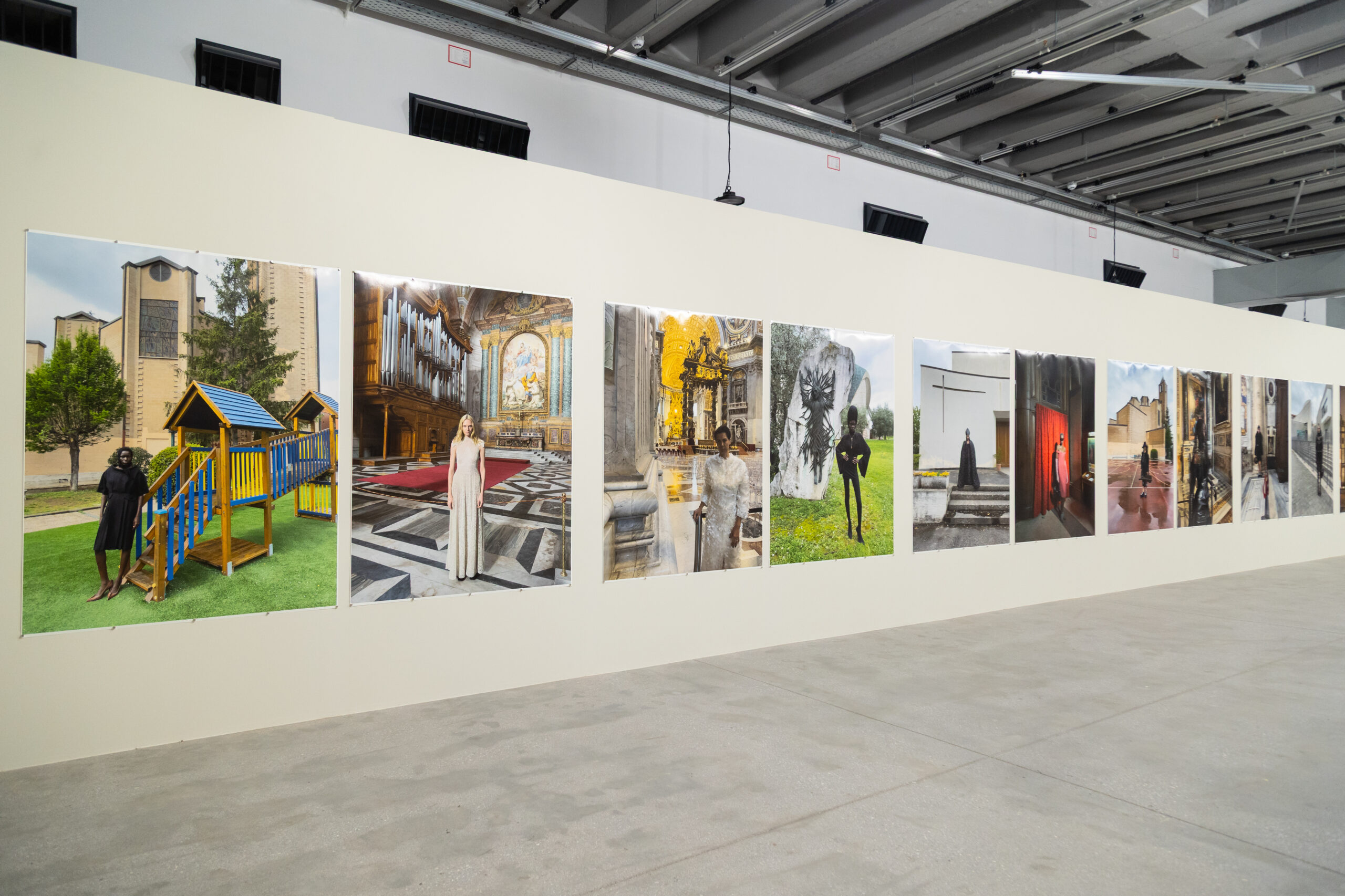
© Pinelopi Gerasimou
Read more:
— Inside Ibraaz: A New Cultural Space Celebrating the Global Majority
— Past and Present Intertwine at Uzbekistan’s Bukhara Biennial
— View Finder: Photographer Jude Lartey and the Case for Slowness
